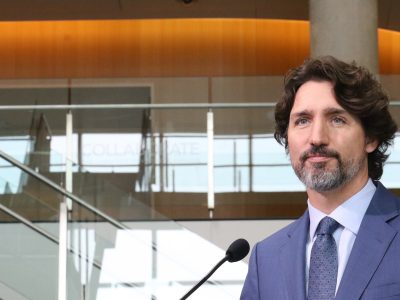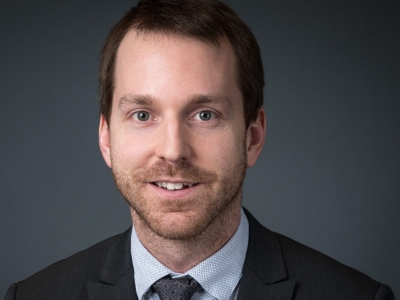By Joseph Mathieu
Photos by Fangliang Xu
While the news business continues to evolve because of high technology, we can’t forget the moral relationship between media and society, says Lilie Chouliaraki.
To begin the 11th annual Attallah Lecture on Sept. 19, 2019 at Carleton University, Chouliaraki played a 37-second video from the perspective of a migrant boat. The unedited clip showed Turkish coast guards attacking the migrant boat with long sticks, reportedly trying to disable the motor.
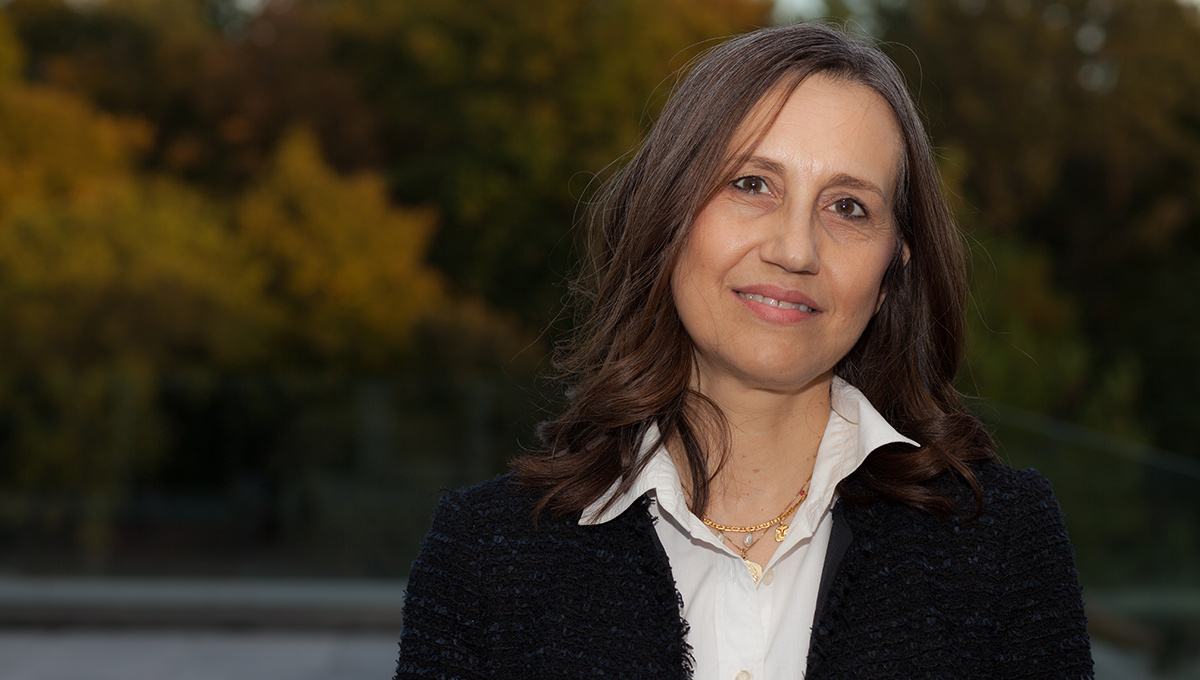
Prof. Lilie Chouliaraki
This amateur footage disseminated by an international news outlet – the BBC – in March 2016 is one form of media convergence, she said.
“The rationality of convergence celebrates sharing and connectivity through digital platforms,” she said.
“It celebrates the fact that we may sit at home and watch on our phone screen the footage of any illegal crossing, filmed on another phone, by a refugee sailing through the Mediterranean.”
BBC News posted the video as content, but Chouliaraki argued that film and photos from disaster areas, war zones and humanitarian crises shouldn’t only be viewed as consumable news. They should be considered testimonials from people in danger.
“User-generated content as a form of witnessing has to be taken much more seriously,” she said.
Chouliaraki is the chair and doctoral program director of the Department of Media and Communications at the London School of Economics and Political Science. Her lecture was titled War on Mobile Phones: Technology and Truth in the Age of Digital Witnessing, one in hosted by Carleton’s School of Journalism and Communication. The series is named after the school’s former associate director Paul Attallah and its speakers always focus on current issues and themes in communication and media studies.
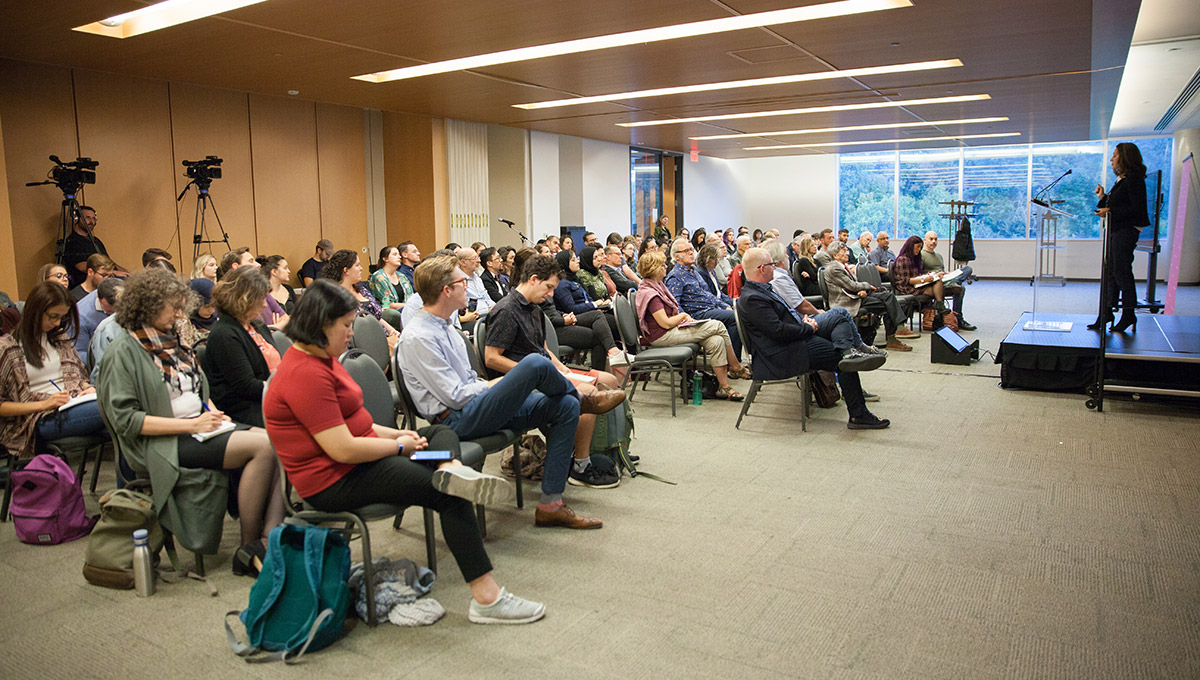
The New Media Gate-Keepers
Before the digital boom, editors and publishers were known as the gate-keepers who dictated what was and wasn’t eligible to be news. Now, with a smartphone in every pocket and social media platforms competing with established news publications, the gates have almost completely disappeared.
Large news organizations still control access to their broadcasting power—no longer as gate-keepers but almost like border guards, said Chouliaraki. They do something similar to military and border guards who keep migrants outside of their zones of safety and prosperity.
“Such practices of bordering, diverse and nuanced as they are, do not leave much space for testimonials of the flesh, for the voices of precarious bodies to be heard,” said Chouliaraki.
Her research expands on Yuval Noah Harari’s term “flesh witnessing,” which he used in his 2008 book The Ultimate Experience to describe testimonials from First World War combatants. Chouliaraki’s definition of flesh witnessing encompasses digital testimony of anyone in a conflict zone.
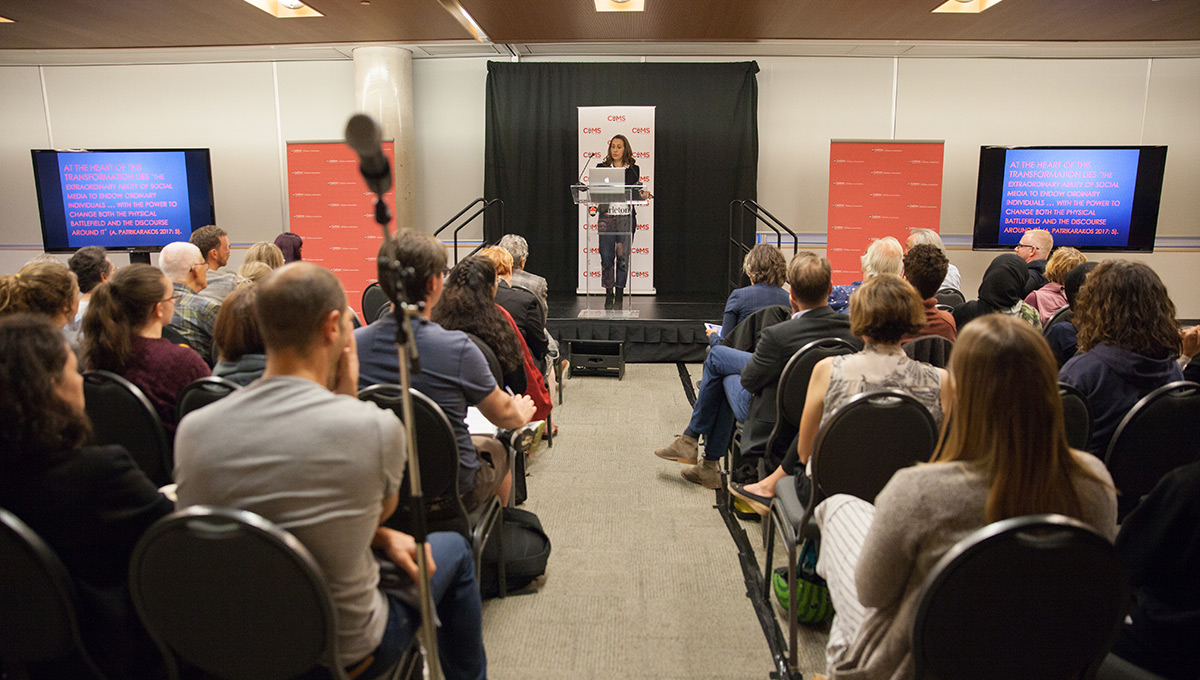
“In the past, soldiers and war correspondents were the only flesh witnesses in the battlefield,” said Chouliaraki.
Today, the news from conflict zones comes more and more from civilians, activists, militants, terrorists, refugees and others.
User-generated content has to be reframed, not only as a genre of conflict reporting but also as a form of citizen communication, as bearing witness in the context of life and death.
“If these proposals appear too idealistic or even irrelevant,” said Chouliaraki, “perhaps we need to remember that it is the void of a sustained culture of empathy, humanity and inclusion that breeds the worst kind of anti-democratic, populist rhetoric in our communities.”

The Power of ‘Narrative Bordering’
It’s the power of bordering—territorial but also narrative bordering—that such authoritarian populism wants to nurture and reproduce, she said. The American border wall with Mexico and Brexit are two of its most prominent consequences.
Until the American presidential election campaign of 2016, media convergence was widely hailed as a positive development in news journalism, said Chouliaraki. It democratized news-making and created a new kind of collaboration between journalists and their audience.
But after several reports revealed social media disinformation efforts targeted voters in the last U.S. election, the conversation around media convergence and user-generated content became a negative one. Researchers have argued that large news organizations have become vulnerable to manipulation because they rely heavily on social media metrics.
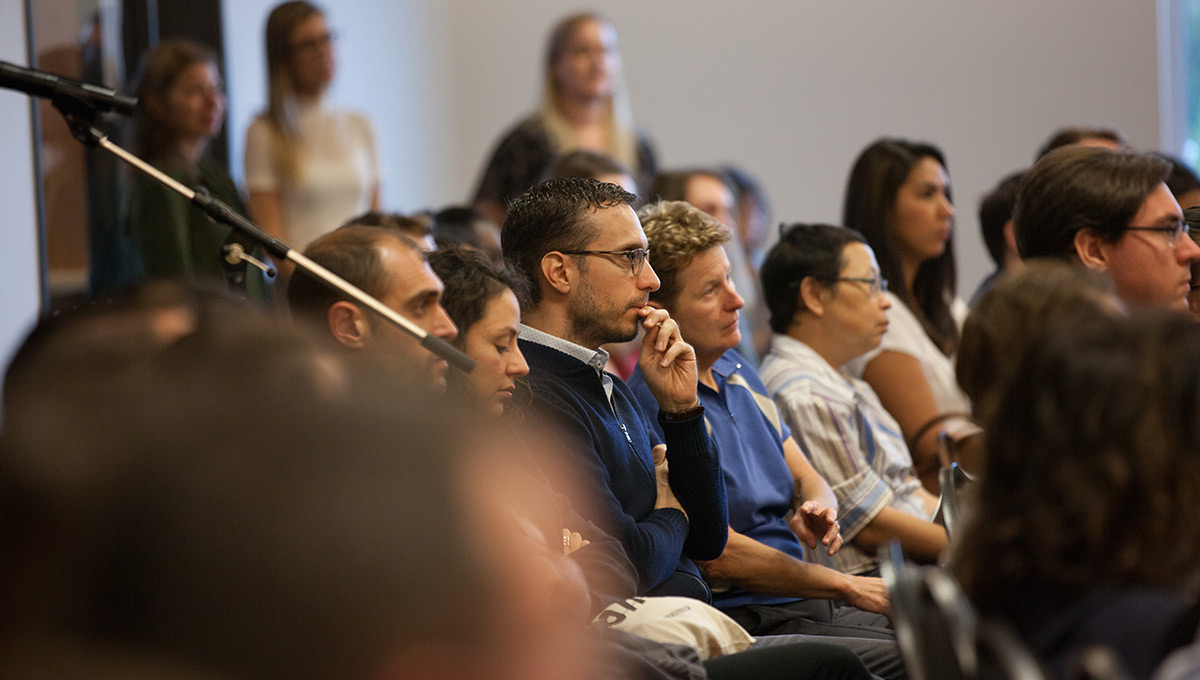
“Criticism for disinformation is directed both at news organizations themselves, for compromising truth for profit, and at social media platforms, whose business models privilege virality over credibility,” said Chouliaraki.
The criticism focuses on the business model that favours clickbait and spreads anxiety and skepticism among news organizations and their consumers. Consequently, disapproval and suspicion about user-generated content expanded to conflict reporting.
According to David Patrikarakos’s 2017 book War in 140 Characters, social media has an “extraordinary ability . . . to endow ordinary individuals, frequently non-combatants, with the power to change the course of both the physical battlefield and the discourse around it.”
But this power is undermined when questions about truth and accuracy dominate the conversation. Questions about videos like the migrant boat being attacked by coastguards are now: “Is this real?” and “What interests might it serve?”
What we should be asking, argued Chouliaraki, are things like: “What about those people on the boat? Isn’t it their content our media is using? Should they not figure in our discussions about the news they generate?”
Essentially, what is the human cost—especially for people in conflict zones—when user-generated content comes under intense scrutiny?
Monday, September 23, 2019 in Journalism and Communication, Refugees
Share: Twitter, Facebook


